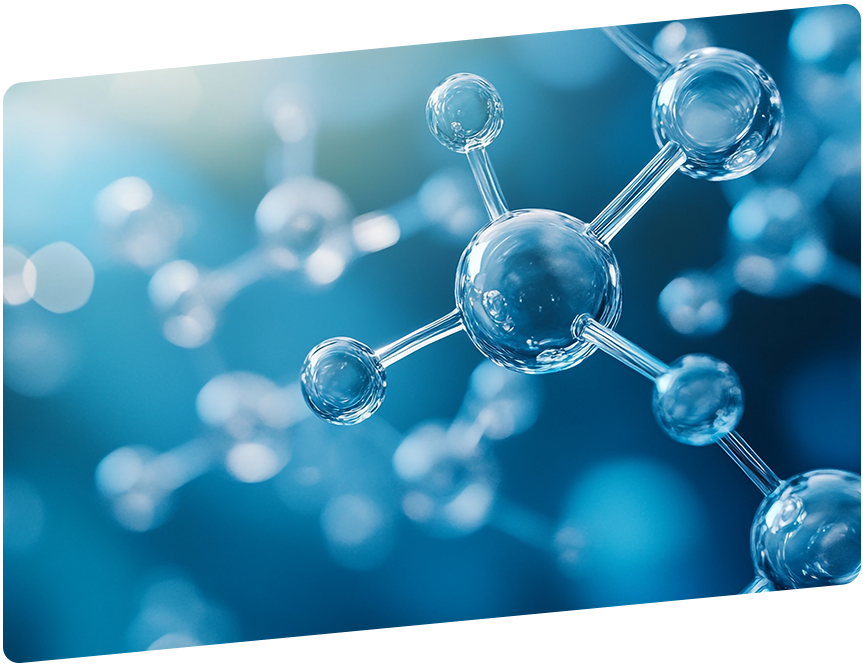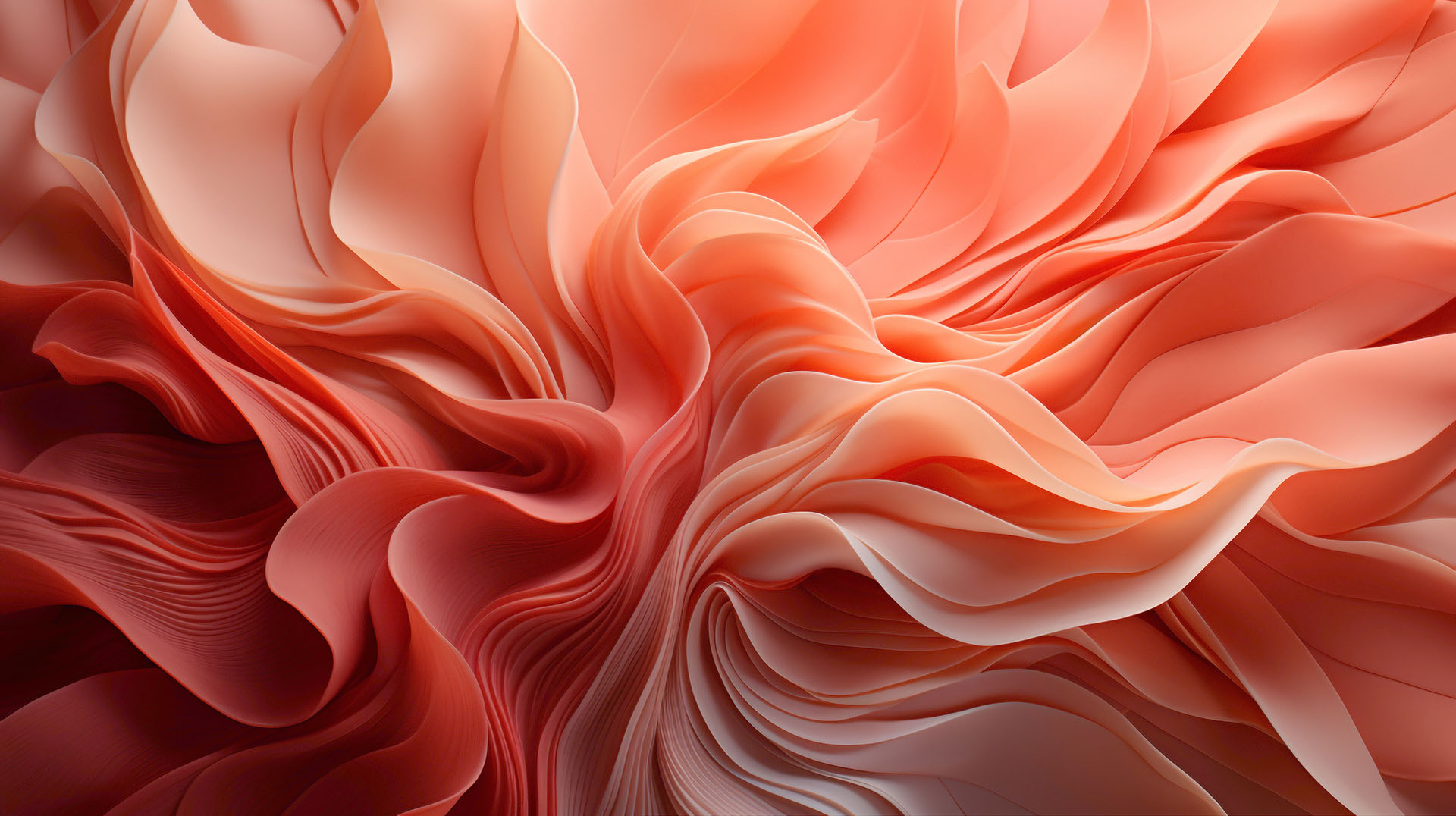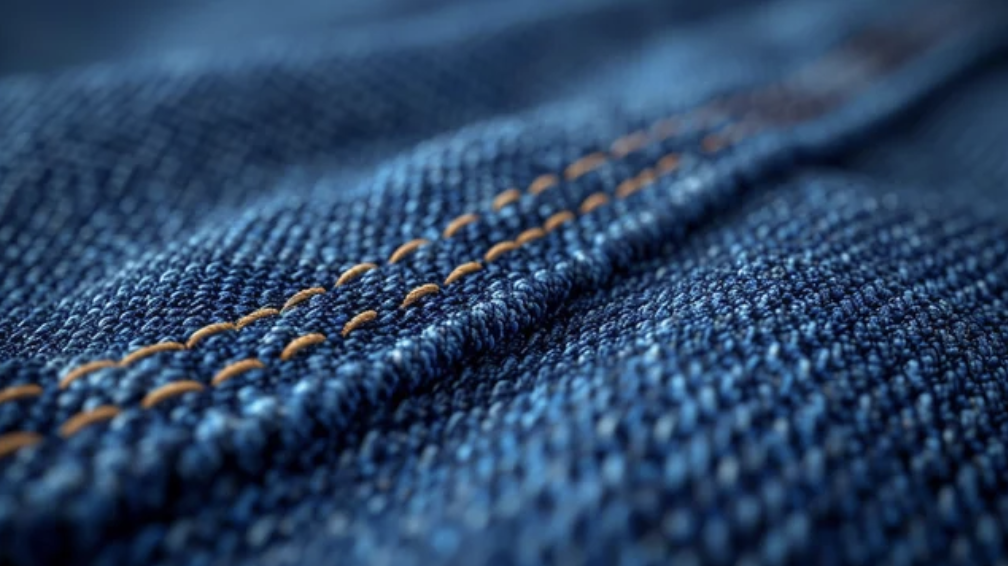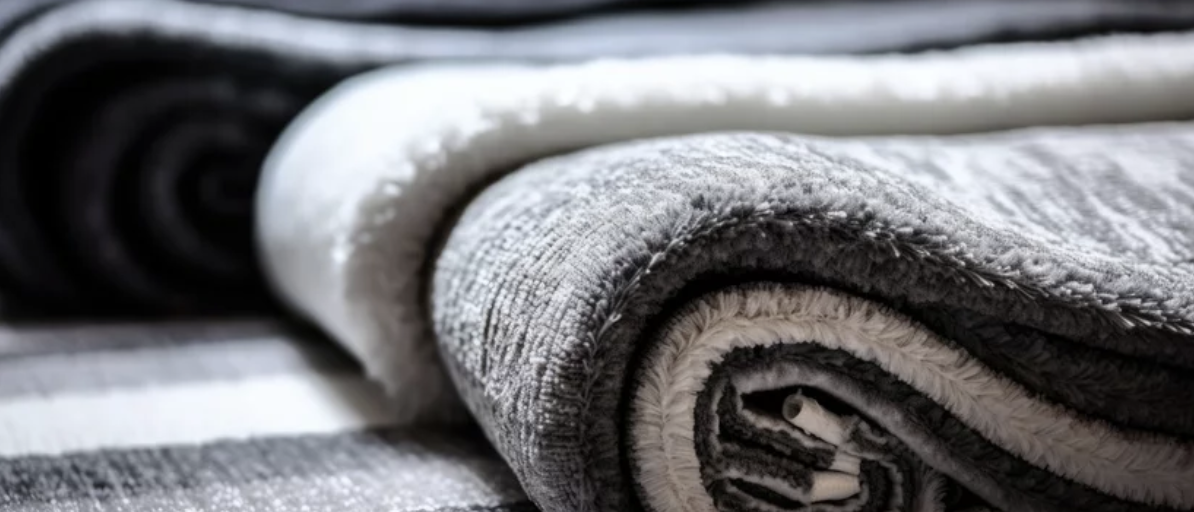Dye Fixative
Welcome to the complete guide on dyeing fixatives, also known as dyeing fixate or color fixative! A high-quality dye fixative is essential if you want to get the most out of your dyed textiles. These handy chemicals help the dyes bond securely and permanently onto fabric fibers.
A dye fixative utilizes chemical mechanisms to create robust bonds between dyes and fibers. This results in vibrant and colorfast textiles through repeated washings and exposure to light and abrasion. Ready to become an expert on dye fixation? Then, let’s dive right in!
Mechanisms of Dye Fixation
A dye fixative anchors dyes onto fibers through two main mechanisms:
Ionic Fixation
Ionic fixatives like salts and mordants enable ionic bonds to form between the anionic dye molecules and cationic sites on the fibers.
For example, sodium chloride salt dissociates into Na+ and Cl- ions in solution. The positively charged sodium ions exchange with the natural cations on the fiber surface. This creates an ionic attraction that secures the negatively charged dye anions evenly across the textile.
Covalent Bonding
Certain polymeric fixatives can react with dyes and fiber polymers to form covalent linkages. These bonds create a very stable and permanent bond between the dye and fiber molecules, essentially locking the dye into the fiber structure. Covalent bonds do not easily break in wet processing or washing unlike ionic bonds.
Types of Dye Fixatives
There are several major categories of fixatives available for different dyeing processes and fibers:
Salt Fixatives
Salts are widely used to fix dyes through ionic bonding. Examples include sodium chloride, magnesium chloride, sodium sulfate, and ammonium sulfate. A salt dye fixative is inexpensive, simple to apply, and works well on most fiber types, such as cotton, wool, silk, and nylon. The salts interfere minimally with dye shades.
Metallic Mordants
Mordants represent another key class of a dye fixative. Metal salts containing aluminum, chromium, copper, iron, and tin help fix dyes through ion exchange reactions. The metal ions displace the natural fiber cations, attracting and binding the anionic dye molecules. Common mordants include alum, chrome alum, stannous chloride, and copper sulfate. Mordants have been used for centuries to dye fabrics and yarns before weaving. They produce wash-fast colors and unique color shifts.
Polymeric Fixatives
Polymers like chitosan, polyacrylates, and polyethylene glycol fix dyes through covalent bonding or crosslinking with fibers. These create the most permanent dye fixation. A formaldehyde-based dye fixative also reacts to form strong covalent methylene linkages between dyes, fibers, and the polymer. However, formaldehyde is toxic and is being phased out.
Application Methods
There are several techniques for applying a dye fixative evenly during dyeing processes:
Padding
Padding involves passing the fabric through rollers submerged in the dye fixative solution. The mechanical pressure forces the chemicals thoroughly into the fabric for uniform pickup. Padding gives excellent control over the fixation process. The concentration of fixative and number of padding cycles can be optimized to achieve the desired level of wash fastness.
Exhaust Dyeing
The fixative is added directly to the dye bath alongside the dyes. As the garments exhaust the dyes from the solution, the fixative also adsorbs evenly onto the fabric. This method ensures simultaneous uniform dyeing and fixation for maximum wash fastness ratings. Salt fixatives for vat and direct dyes are typically applied this way.
Printing
Printing with a fixative paste allows for precise, localized fixation on fabric. The fixative paste prevents dye migration from the printed areas and anchors the dyes within the print. Alginate, starch, and acrylic-based fixative thickeners are commonly used for dye fixation during printing. This method produces crisp, well-defined printed patterns.
Spraying
For piece dyeing of yard goods, spraying the fixative directly onto fabric allows flexibility and minimizes chemical usage. Spray coverage can also be adjusted to allow variation in the fixation effects. Handheld spray systems give the dyer artistic control over mottled or faded effects. Overall color depth is easily controlled by spray volume.
Applications of Dye Fixatives
Here are some of the most common applications of dye fixatives in the textile industry:
Textile Dyeing
Textile mills use fixatives across all dyeing methods—including vat, disperse, reactive, and direct dyes—to produce wash-fast apparel and home textile fabrics. Salt fixatives allow cotton fibers to readily absorb direct, vat, and sulfur dyes, making them popular for garment dyeing. Meanwhile, a dye mordant fixes fiber-reactive dyes onto cellulosic and protein fibers.
Denim Manufacturing
Denim manufacturers heavily utilize salt fixatives and mordants to set indigo dyes into the cotton warp yarns permanently. This achieves the iconic fade-resistant blue color closely identified with denim.
Upholstery Fabrics
Dye fixatives bind, disperse, and vat dyes onto synthetic fibers like polyester and nylon used in automotive and furnishings fabrics. These fibers retain color through ongoing abrasion and light exposure.
Leather and Faux Leather
Leather manufacturers apply polymeric fixatives to anchor dyes onto leather and synthetic leather products. This ensures color consistency during use without crocking and prevents fading and bleeding issues.
Printed Textiles
Printing with a fixative thickener prevents dye migration from intricate printed patterns, achieving crisp, well-defined prints without blurring or bleed. Common fixatives for printing include acrylic thickeners, sodium alginate, urea hydrochloride, chitosan, and modified starches. These provide excellent fixation for pigment, disperse, acid, and reactive dyes.
Partner With Polyventive for Your Dye Fixative Needs
We hope this guide has helped you become an expert on the dye fixation process! The material scientists at Polyventive have over 50 years of experience developing high-performance dye fixatives. Connect with our team to find the ideal fixative to maximize color enhancer retention for your specific textiles. We offer fixatives for the full range of natural and synthetic fibers that meet industry safety and environmental standards.
For show-quality color that lasts, evaluate a polymeric, salt, or metallic dye fixative. Let us help you choose the perfect formulation to make your dyed fabrics look more vibrant and last longer!







